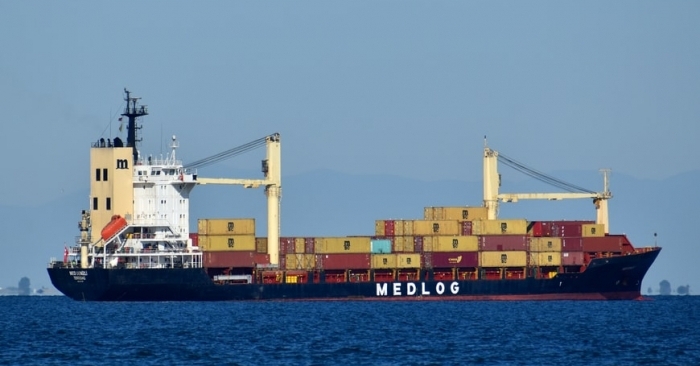Earnings of shipping companies likely to fall from 2021 peaks: Moody’s
The outlook for the global shipping industry has changed to stable from positive for the next 12-18 months due to demand slightly outstripping supply, Moody's Investors Service said in a report recently.

December 9, 2021: The outlook for the global shipping industry has changed to stable from positive for the next 12-18 months due to demand slightly outstripping supply, Moody's Investors Service said in a report recently.
Moody’s, however, is expecting earnings to still be considerably higher than pre-COVID-19 levels during the next 12 months.
Moody's outlook change is driven by tough comparisons with the very strong cash flows generated this year rather than a deteriorating business environment. Indeed, business and financial conditions will remain solid, but they are unlikely to get better than they already are today, the report said.
"Earnings for container and dry bulk carriers are at record levels; however, we expect earnings to fall from their 2021 peak but remain high," said Daniel Harlid, Vice President – Senior Analyst at Moody's and the author of the report. "Still, limited deliveries of new vessels next year will help keep freight rates at elevated levels."
The report highlights five points for the changed outlook:
- Peak earnings for shipping companies
"Earnings for container and dry bulk carriers are at record levels because high demand for goods has overwhelmed supply chains. However, we expect earnings to fall from their
2021 peak but remain high."
- Fundamentals remain strong
"Our outlook change is driven by tough comparisons with current data – the base effect – rather than a deteriorating business environment."
- Tanker market is bottoming out
"Despite a projected recovery in oil demand, charter rates remain at very low levels. Our expectation is that earnings have troughed, and that the next 12 months will at least show
a steady development for tanker carriers."
- Strong conditions may persist
"Demand for goods and commodities remains high and will stay robust in 2022. Growth rates have most likely peaked and will start to decelerate next year."
- Capital spending will continue to increase
"We expect orders for newer and more energy efficient ships to continue to be a theme during 2022 as shipping companies prepare for tougher environmental regulations that will gradually be phased in from 2023."
What could change the outlook to negative & positive?
Vessel supply growth exceeding demand growth by more than 2%, and aggregate year-over-year EBITDA declining by more than 5% will negatively impact outlook.
Oversupply of vessels dropping materially; and aggregate year-over-year EBITDA growth exceeding 10% will positively impact outlook, the report added.
Freight rates to remain high
Consolidation has helped stabilise the container shipping market, and limited deliveries in 2022 will help keep freight rates at elevated levels.
"Record high profitability and cash flow generation has been used to pay down debt, and we expect cash flow from operations to be spent on more capital investments and M&A," the report added.
Freight rates on major trade lanes have risen nearly three- to four-fold in the last 18 months amid Coronavirus restrictions and subsequent supply chain blockages as well as equipment shortages, S&P Global Platts said in an update. "Increased demand, with expenditure shifting from services to products, has further supported prices."
North Asia-to-East Coast North America has assessed at $10,000/FEU on December 6 compared to $4,800/FEU a year ago. "The Platts container assessments denote the FAK (Freight All Kind) spot rates. The all-inclusive premium rates are currently at $16,000-$18,000/FEU on the North Asia-to-East Coast North America route and $17,000-$19,000/FEU for Southeast Asia-to-East Coast North America."
China has imposed a 14-day lockdown at Zhenhai, one of the six districts in Ningbo, amid an increase in Coronavirus infections, prompting concerns of port disruptions and worsening supply chain blockages, S&P Global said.



